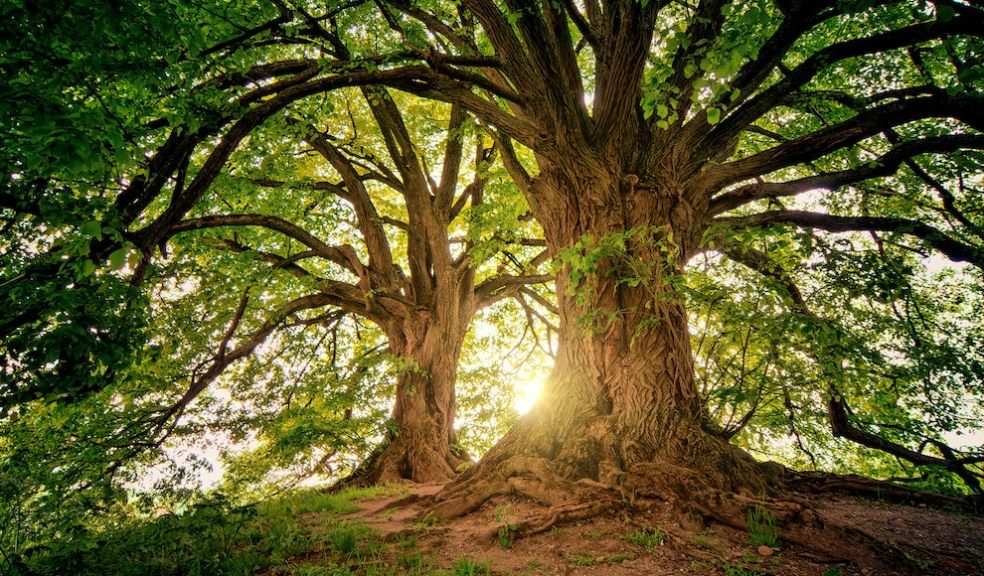
What are the Deadliest Insects to Trees?
It's great to have trees around, whether it's close to your home or in nearby parks. But no matter how much you protect them, other factors could damage them.
While most insects reside in trees, some are responsible for their death. The question is, which ones contribute to it?
Here's a look at the deadliest insects on trees and what to know about them.
Tunneling Insects or Borers
Most say borers are some of the most harmful insects to trees due to their nature. They burrow deep inside tree stems, twigs, roots, and other parts to lay their eggs. Due to this, the tree loses its ability to absorb water and nutrients.
A few tunneling or burrowing insects you should look out for include the following:
Ambrosia Beetle
This type of beetle produces ambrosia fungus and deposits it within trees while they create tunnels. They also cause pinholes and stains on outer wood.
Asian Longhorn Beetle
Asian longhorn beetles lay their eggs in almost any opening they find in tree bark. These bore and cause large galleries in the wood, weakening the tree by preventing it from gathering the nutrients it needs.
Emerald Ash Borer
The Emerald Ash borer does the most damage at its larval stage. It feeds underneath tree bark, hindering the transportation of moisture and nutrients to the leaves. As a result, the tree declines and eventually dies.
Chewing Insects
Chewing insects cause more damage to tree health from the outside or surface by eating away at them. It affects the leaves, flowers, buds, and even fruits.
The following are a few examples of insects that fall under this category:
Gypsy or Spongy Moth
Gypsy moths are popular for being harmful insects to trees in the east side of the US. In most cases, they start with an infestation and then cause mass destruction. So, you want to get pest control done once you find them ASAP.
Cherry Fruit Worm
A cherry fruit worm usually grows within the fruit after a fruit fly keeps its larvae in it. They cause damage to fruits as soon as they hatch, causing them to look distorted.
Douglas-Fir Tussock Moth
Douglas-Fir Tussock moths severely defoliate trees by creating snags and downing wood. They also interact with other insects that harm tree health, causing further damage.
Leaf Miners
Leaf miners refer to insects that damage leaves in a variety of ways. For example, female adults puncture leaves when they lay eggs. On the other hand, others simply feed on them.
Sucking Insects
A sucking insect harms a healthy tree by sucking fluids from its leaves and twigs, usually to get the juices and nutrients plants need to survive. They also cause mold growth in trees due to their protective coating.
Some examples of sucking insects are as follows:
Aphids
Aphids damage the outer part of trees by feeding off leaves. At the same time, it harms the inner parts by injecting toxins that distort its growth.
Thrips
When a thrip feeds on trees, it results in stunting, dwarfing, discoloration, drying, and more. They often consume leaves, flowers, and fruit.
Hard and Soft Scale Insects
Scale insects often infest different parts of a healthy tree by piercing them. The damage could cause yellowing, shedding, and other symptoms.
Protect Trees from Damage by Learning About their Deadliest Insects
If you know the deadliest insects to trees, you can look out for them to prevent damage to your yard. Moreover, it gives you an idea of how to handle them before they cause tree death.













